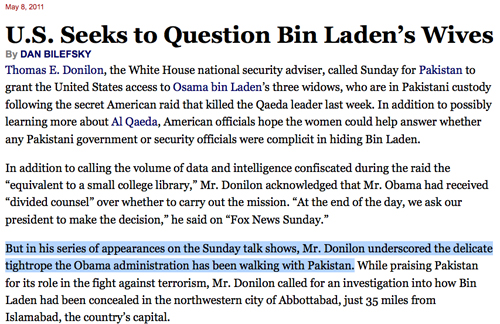
In the spirit of reflection …
May 29, 2011Toward perfection
May 25, 2011Monday 5/23 notes & conclusion
In Conclusion
• WRD104 research collective: our course portfolio — these are the three modules you will add and publish:
# Contextual Analysis
# Source Remix Assignment
# Graffiti wall | class yearbook | leave your mark
• Reflective letter — in professional, hard copy business-letter format, signed by you
Reflection refers to the iterative process that we engage in when we want to look back at some activity or decision we’ve made, to think about what we’ve learned from it, and how we might use it in the future. Reflection is a powerful tool in teaching and learning — think of it as a dot-connecting mechanism — and outside of academics, reflecting is a common tool among professionals and organizations as a way to establish values, goals, and future actions:
• What did I do?
• What was important about what I did? Did I meet my goals?
• When have I done this kind of work before? Where could I use this again?
• Do I see any patterns or relationships in what I did?
• How well did I do? What worked? What do I need to improve?
• What should I do next? What’s my plan?
• Submit your WRD104 Digication site
Did you vote?
May 18, 2011IBM’s “Many Eyes”
According to the NYT,
Visualizations of New York Times articles can help highlight key vocabulary, content and concepts. For instance, students could create a Wordle using three articles on the recession to try to identify key terms they should learn more about.
Examining word clouds can not only provide new vantage points for literary and language scholars, but also help English-language learners, and others who have trouble with complex texts, to see patterns.
Students can play with the font and colors and make as well as save and reuse “Wordles” of their own, so the possibilities are endless. They can use their own writing to see what words they overuse, perhaps.

Our collectively designed Contextual Analysis criteria:
- At least eight credible sources — four from scholarly, peer-review publications, and one book — are carefully integrated in the project
- Sources are treated fairly (not taken out of context)
- Precise use of terms and language
- Your topic/question is sufficiently contextualized
- Your project strikes a compelling and sophisticated balance between inquiry, analysis, and reflection
- “What gets me an A?!” Being able to make relationships between sources clear and visible for readers: different voices/positions/ideologies/values; this is the “excellence” referred to in the course grading contract
Contexts for our Pakistan Discussions
- Times Topics: Pakistan
- CIA World Factbook: Pakistan
- LA Times: U.S.-Pakistan relations: An unhappy alliance
- Foreign Affairs: Time to Get Serious With Pakistan
- [L] Nation: Pakistan: Our Mendacious Ally
- [R] Commentary: Not Just a Symbolic Victory
Analysis: The Situation Room — Wikipedia
Analysis: The Situation Room — NYT
Analysis: The Situation Room — CNN
Let’s discuss.
“This is a Harry Potter vignette, and Voldemort is dead.”
“In a Harry Potter world,” he said, “their mission is to save the world for the rest of society. This is their taking pride in what their generation is able to do.”
A13: 9/11 Inspires Student Patriotism and Celebration.
Also:
- Students Celebrate Demise of Bin Laden With Championship Fervor
- Panel Discussion: Is it moral to celebrate a person’s death, even if he is guilty of heinous crimes?
And while we’re still in this week’s Sunday issue, note the iterative process for this NYT Sunday Magazine cover:








